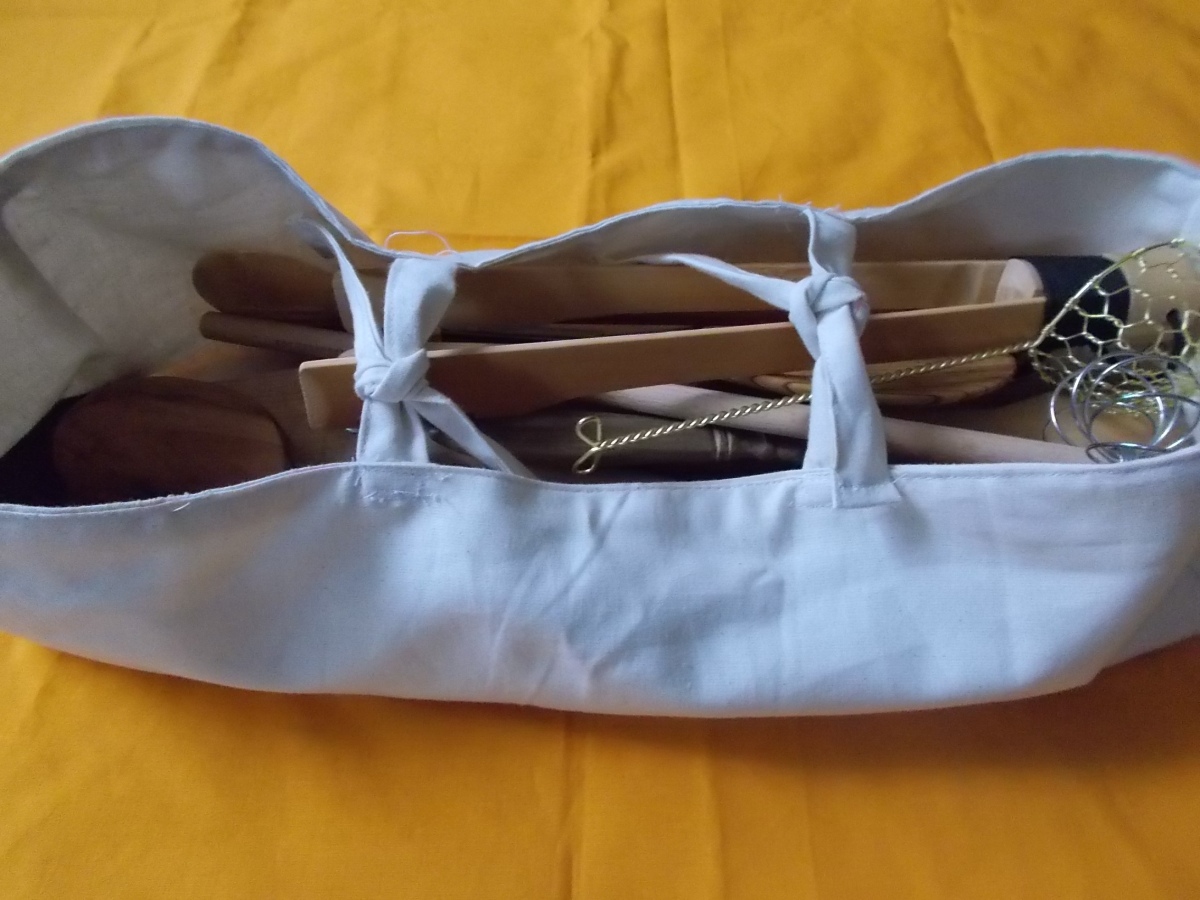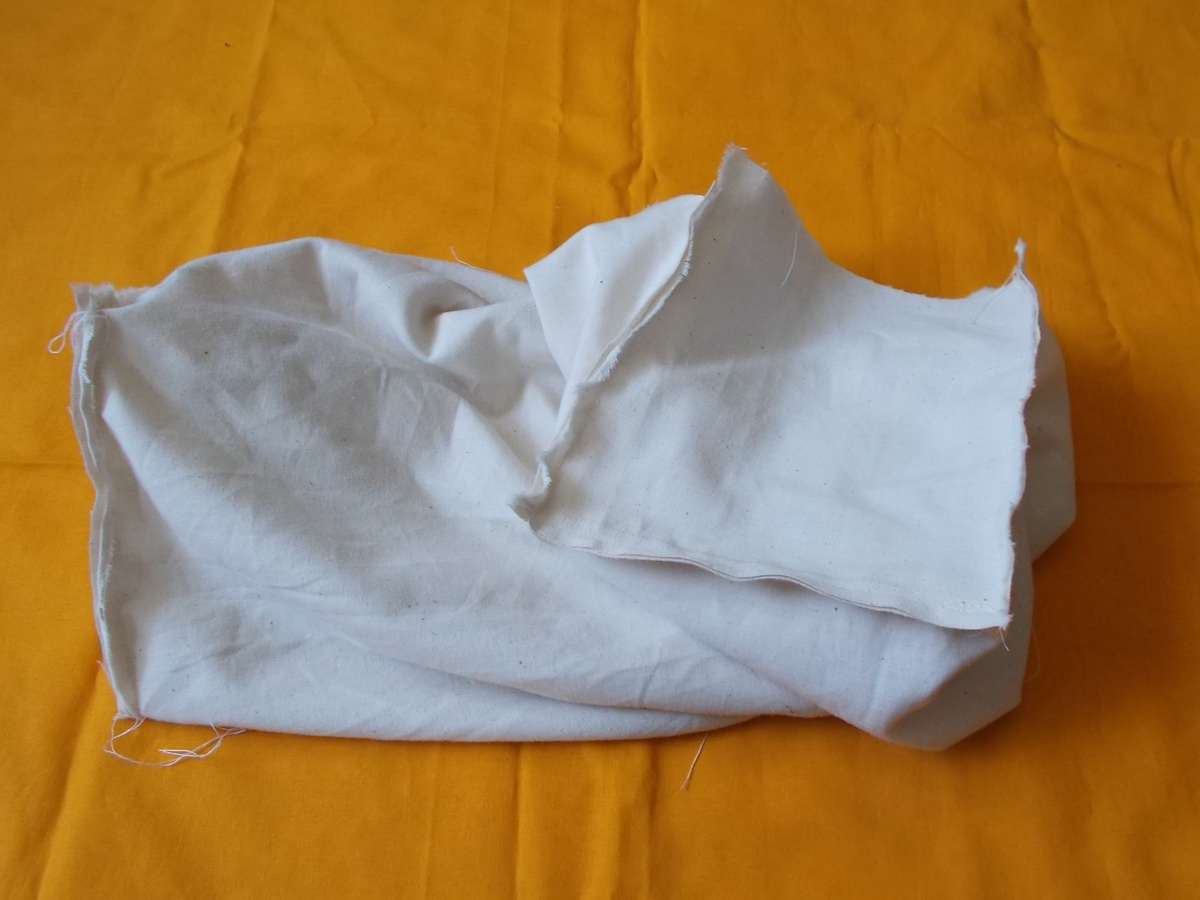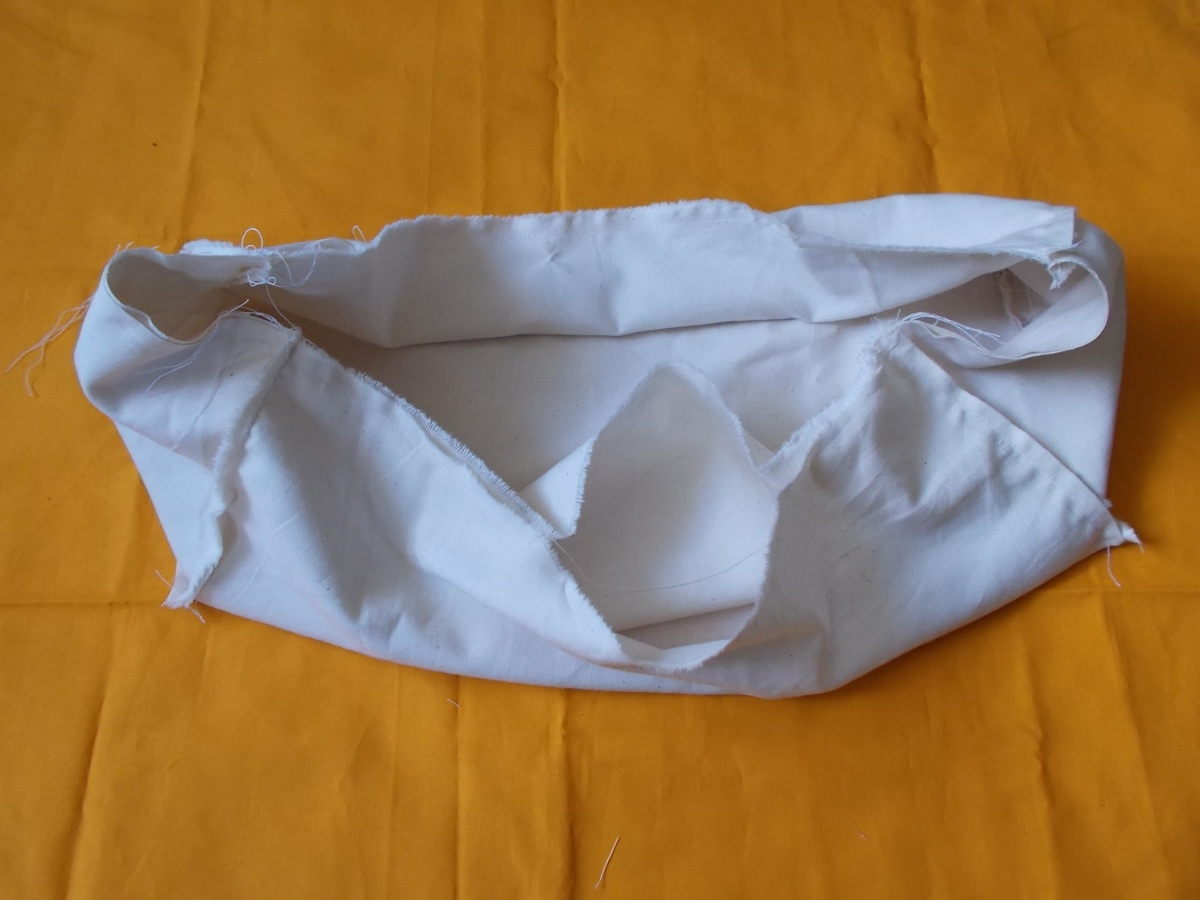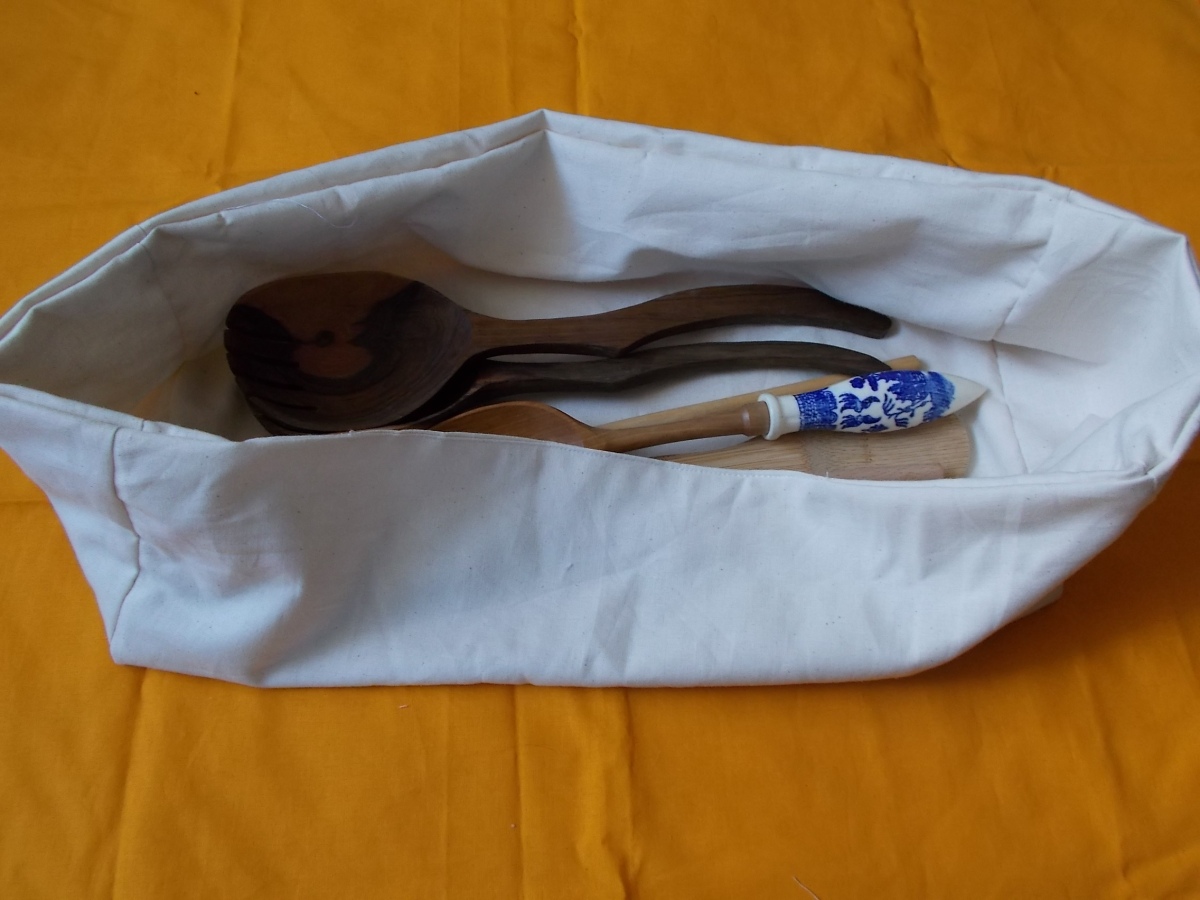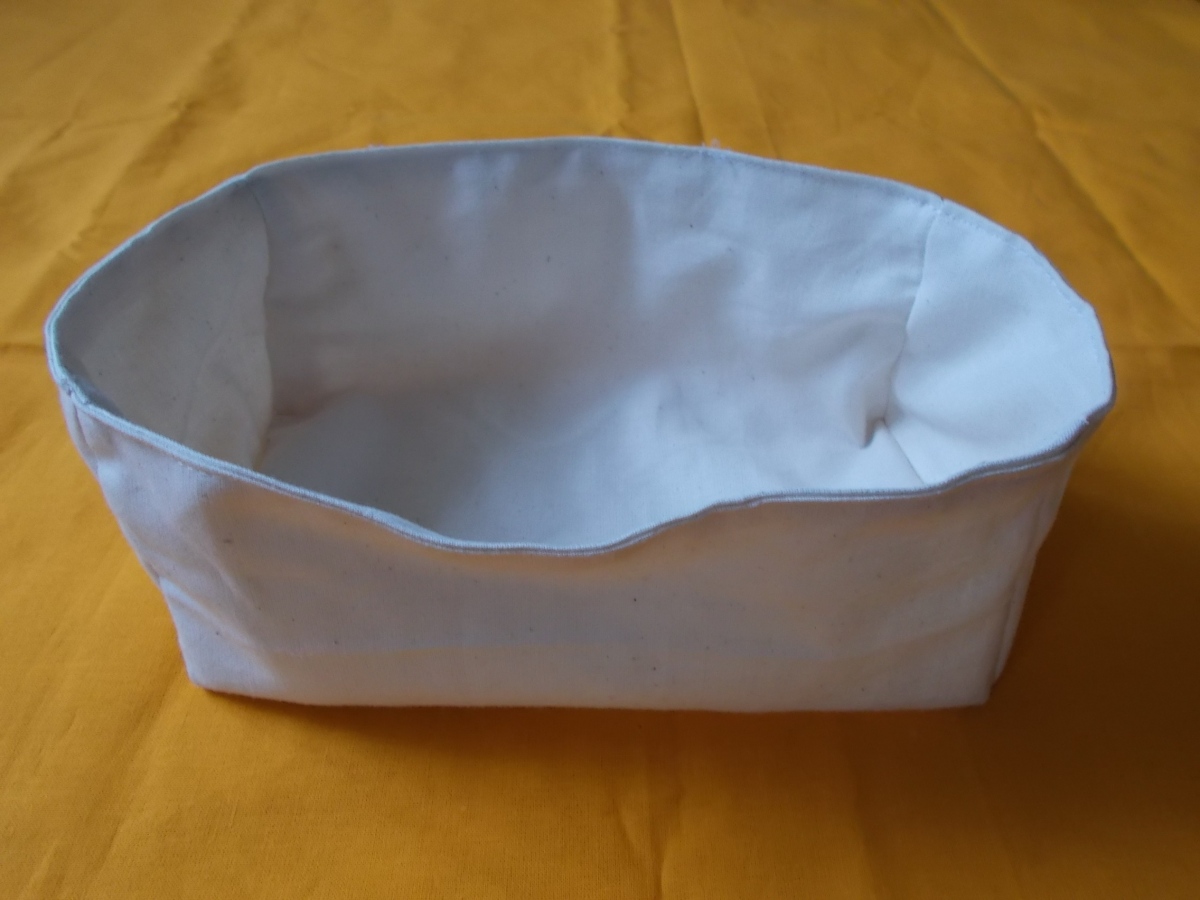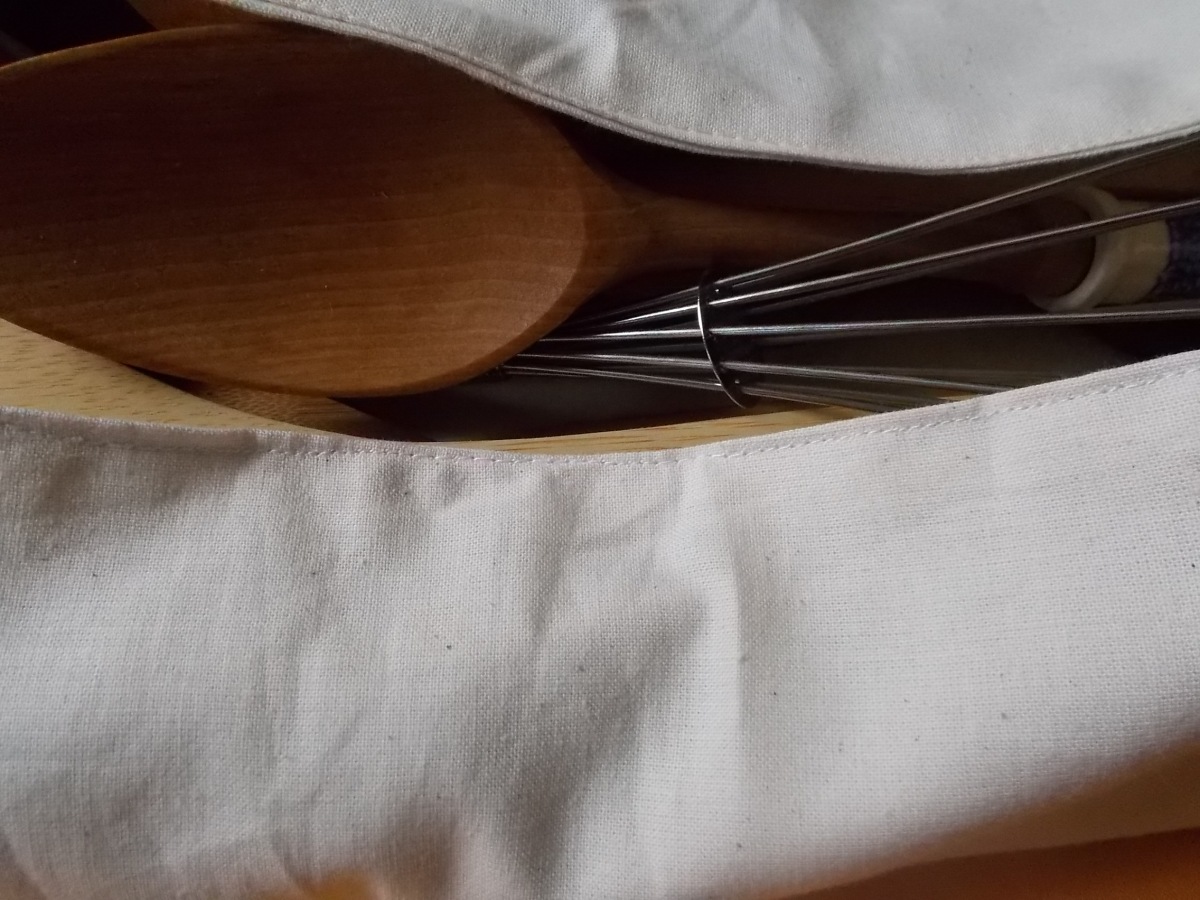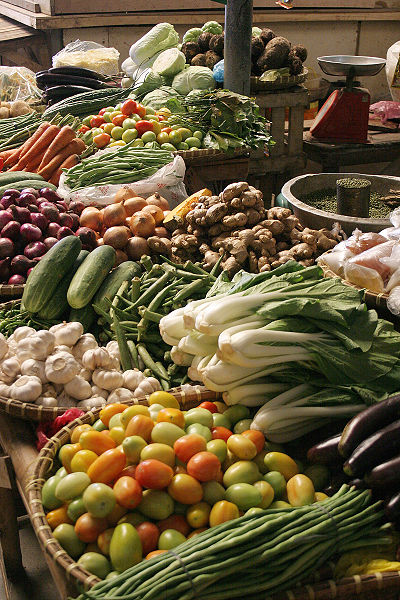
Today’s blog post is about a very important topic, namely waste created in offices, and how to avoid it and what products to use instead.
The first rule to avoid creating unnecessary office waste is to use reusable products with long durability made from natural materials and to use recycled products wherever possible. Unfortunately, eco-friendly products usually aren’t sold in most High Street stores or they offer only a limited product range of eco-friendly products, so your best bet to get hold of eco-friendly office supplies is the Internet. There are a variety of online suppliers specializing in eco-friendly office materials, which you ought to find via a google search.
Here are the dos and don’ts of sustainable office supplies:
1. The first tip ought to be a no-brainer, namely use recycled paper for your printer and for your writing pads, and always use both sides of paper (e.g. use the backside of printed paper for making notes or drafting ideas or mind-maps). Only print out emails and documents if absolutely necessary, and if you print a large number of the same document (e.g. handouts), make a test print first to check for typos.
2. Telephoning: Reuse old paper for taking notes. You can easily make your own note paper by using paper that has been printed on on one side and by cutting it into neat squares. Place these beside your phone.
3. Buy refilled ink cartridges. Brand-new ink cartridges have a very high carbon-footprint since they are made from a huge amount of oil, but if you buy refilled cartridges, less resources are used.
4. Use office supplies made from wood or metal, instead of products made from plastics. There is a large variety of products on the market, as you can see in the photo above. Opt for ballpoint pens made from wood or metal which can be refilled and choose leads made from metal as these can be recycled. Prefer a refillable mechanical pencil, ideally made from wood or metal, over an ‘ordinary’ wooden pencil, as it uses much fewer resources (no need for new trees to be felled!). Buy refills packaged in little glass tubes for your mechanical pencils. If you can, use an ‘old-fashioned’ fountain pen with a converter and fill it with bottled ink. This is the most eco-friendly manner of writing as it doesn’t create any waste from metal refills. Refuse to accept plastic ‘freebies’, like plastic pens commonly given out at conferences, trade fairs and in hotels (apart from being made of plastic, these are usually of low quality and often cannot be refilled or require very expensive ‘special-size’ refills which the free, often ugly pen isn’t worth investing in!)
5. Instead of using toxic plastic textmarkers, use wooden textmarkers, which look like fat colored pencils and are available in bright neon shades. (You can see them in the photo above) These may be more expensive than the toxic variant but they will last for much, much longer.
6. Use pencil sharpeners made from wood or metal, and PVC-free erasers (avoid products containing PVC at all costs, since it is one of the most toxic materials that exist and which releases its toxins over its entire lifetime). Use rulers made from wood.

7. Avoid using tape made from plastic (often made from PVC!). Instead, use paper tape for parcels, which can be quite sturdy and is often strengthened with integrated string (the brown roll of paper tape in the photo). Or alternatively, tie your parcels with string. Reuse old envelopes, by simply attaching a new label. If you feel embarrassed about doing this, add a small written message like “Reusing envelopes and packaging is not a sign of meanness or stingyness, but a sign of environmental awareness and consciousness”. These messages are sometimes also available as rubberstamps and offered by some companies. Use shredded paper or old newspaper to wrap fragile goods and objects. Use (large) envelopes made from 100% paper, which also have padding made from paper fibres instead of plastic bubble-wrap.. For ordinary letters, use envelopes made from recycled paper. For your private mail, you can also make your own envelopes from magazine pages or from old maps, etc.
8. Instead of using plastic tape, use paper-tape which is water-activated (the white roll of paper tape in the photo). Just cut off a length of tape and dampen its backside with a bit of water – use as you would ‘ordinary’ plastic tape. You can even write on it! 🙂 It is quite sturdy and will serve its purpose just fine.

9. Instead of using staples, which are too small to be recycled, use paper clips instead. Opt for paperclips made from metal only, without a plastic coating (the plastic coating prevents recycling!). Or use a ‘staple-less’ or ‘staple-free’ stapler (you can see one in the photo above). The staple-free stapler will punch a small hole into your sheets of paper and will hold up to 4 sheets together. Alternatively, punch a hole into your sheets and tie them neatly with a piece of string.

10. Use office folders made from paper only, i.e. without a plastic coating which prevents them from being recycled. Use paper folders wherever possible instead of plastic folders. You can even make your own by folding a piece of sturdy cardboard in the middle 🙂 and by optionally crafting some side flaps from the same material and gluing them into your folder.
11. Use solvent-free glues and ideally opt for a product for which a large refill-bottle is sold.
12. Computers and media storage: use reusable memory sticks, or external cloud storage, like e.g. Dropbox, to eliminate the need for CDs. If you have to use a CD, opt for rewritable, and therefore reusable, CD-RWs.
